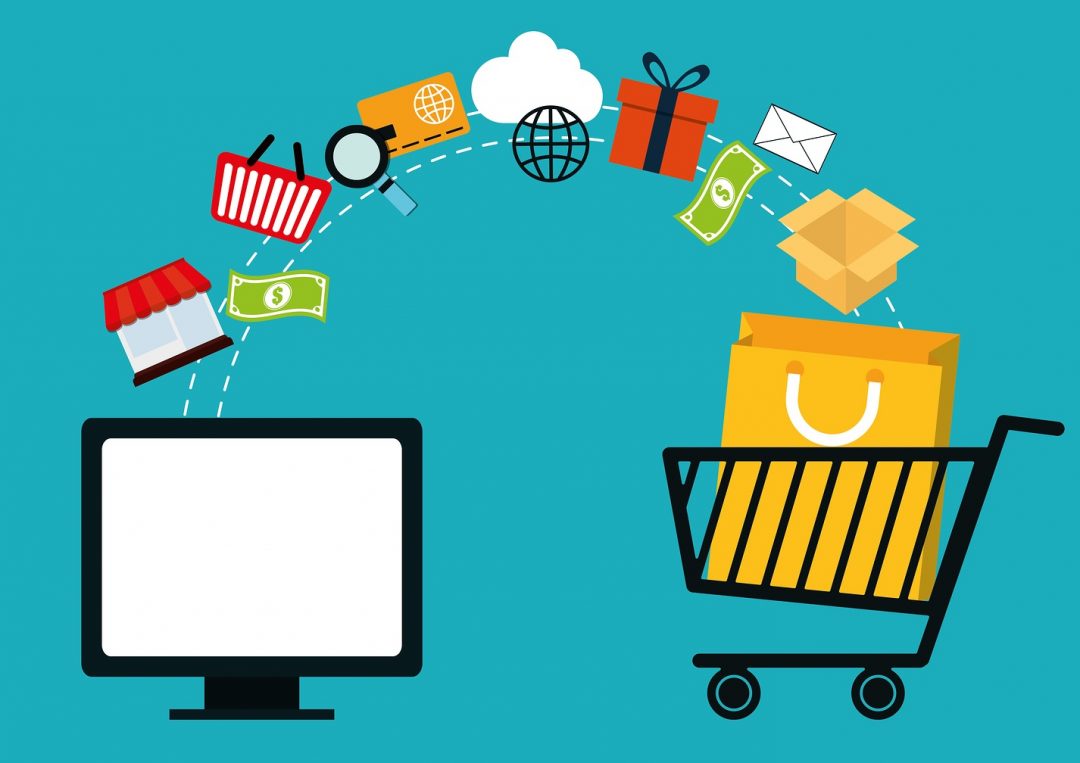New and intriguing commerce trends to adapt for retailers to retain consumers
Blog: Capgemini CTO Blog
Although still representing a fairly small chunk (12%, or 2.8 trillion USD in 2018) of the total global retail market, the retail e-commerce market is growing steadily and predicted to reach 4.9 trillion USD (or 18%) by 2021. In conjunction, consumers are becoming more demanding, with convenience (28%) and better prices (23%) topping their concerns. Consumers are well informed about competitors and prices, and expect a seamless experience, with close to half ready to change sellers over a sub-par purchase process. To retain these consumers, retailers need to adopt to several new commerce trends, which this blog post will discuss.
Marketplace e-commerce
Like physical department stores, marketplaces gather multiple third-party providers under one virtual roof. The only difference is that they don’t hold any physical stock. Marketplaces are quickly becoming dominant players in retail e-commerce; their global value grew by 23% from 2017 to 2018 to account for 52% of global e-commerce retail sales. In 2018, consumers spent $1.86 trillion USD at the top 100 online marketplaces globally. In markets where B2C marketplaces are already dominant, players such as Amazon are now launching marketplaces for B2B sales. Retailers can gain big by getting a head start in these sales channels.
Conversational Commerce
Conversational Commerce, a type of e-commerce where companies communicate with their consumers through voice assistants or chat apps, is becoming a real game changer for retail businesses. It paves the way for a new type of relationship with customers that can’t be reached through other channels, such as physical stores or even online sites. To build a strong Conversational Commerce strategy, retailers should focus on user experience, developing voice recognition capabilities, collaborating with other channels and business operations, and working to ensure data privacy to consumers.
Social commerce
Social commerce is a blend of social media and e-commerce where companies sell their products directly through social media apps such as Instagram, Twitter, or Facebook. It provides retailers with an extended reach to the social media platform where customers are spending more and more time – meaning new revenue streams directly from social media content into sales streams. For customers, it provides a more streamlined customer experience by making in-app purchases available in their everyday social media apps. As one of the most advanced mobile-first countries, China is at the forefront of the social commerce trend.
Ethical e-commerce
Ethical commerce typically means environmentally friendly practices, fair wages, manufacturing transparency, etc. Its rise can be attributed to a growing number of consumers (20%) who are willing to pay more to buy ethically and, like quality and price, it constitutes a significant competitive advantage. For example, US outdoor clothing company Patagonia has been able to create unusually high brand loyalty by being environmentally conscious, and consumers are willing to pay more for these products while in the UK, the market for ethical products has grown around five to six times between 2000 and 2015. To embrace ethical commerce, retailers should focus on the area most important to their customers, and then scale to other areas.
Personalization engines
Personalization is driving customer engagement in retail e-commerce using communication to increase customer loyalty and drive sales, presenting customized offerings to each customer, and adjusting website information (time, language, etc.) depending on the viewer. Ninety percent of marketers believe that personalization is the way of the future, while 84% of customers say being treated like a person, not a number, is important to winning their business, 44% would become repeat buyers after a personalized shopping experience, and 71% experience frustration when their shopping experience is impersonal.
Augmented reality
Augmented reality enhances the customer experience by superimposing digital information onto the physical environment using smart phone cameras. As a result, consumers can place a product right in front of them without even leaving their home, helping to eliminate doubt, and reducing return rates. A successful AR strategy, one that ensures the quality of the experience and is actually useful for the consumer, can increase customer loyalty by up to 70%.
Payment methods
E-commerce payment solutions are significantly affected by rising customer expectations regarding payment alternatives and by constant challenges with data security and fraud. Customers expect increased speed, seamlessness, and convenience – 80% are likely to return to a retailer that has previously provided them with a quick payment process. There are several evolving solutions, including biometric identification, blockchain, FinTech partnerships and open banking, and e-wallets.
Last mile delivery
The last mile is the final leg of the delivery where the product lands in the customer’s hands. Customers want faster and more frequent deliveries with higher precision, which increases the pressure on retailers to ensure a superior customer experience. Half of all shoppers abandon online shopping carts if delivery options are unsatisfactory, while 74% would increase spend if they are satisfied with the delivery services. The focal points for increasing customer satisfaction within last mile delivery include optimized delivery options, solid return management, as well as efficient and accessible customer support.
This article is co-authored by Lisa Boström, Emma Lundstedt and Rebecca Persson – Capgemini Invent Customer Engagement Sweden.
David Lindskog is an e-commerce expert based in Sweden. To find out more about the e-commerce market, contact him at david.lindskog@capgemini.com or +46 722 299 188
Leave a Comment
You must be logged in to post a comment.








